Photos: Portraits of the Blood-Sucking Tsetse Fly
Tsetse Fly
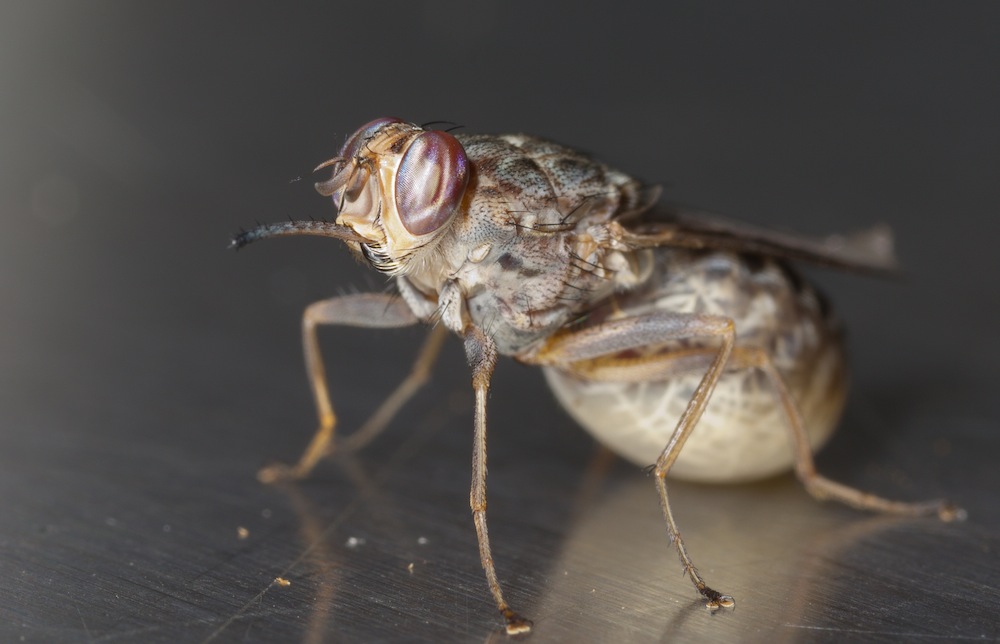
A pregnant tsetse fly (Glossina morsitans morsitans).
Tsetse Fly
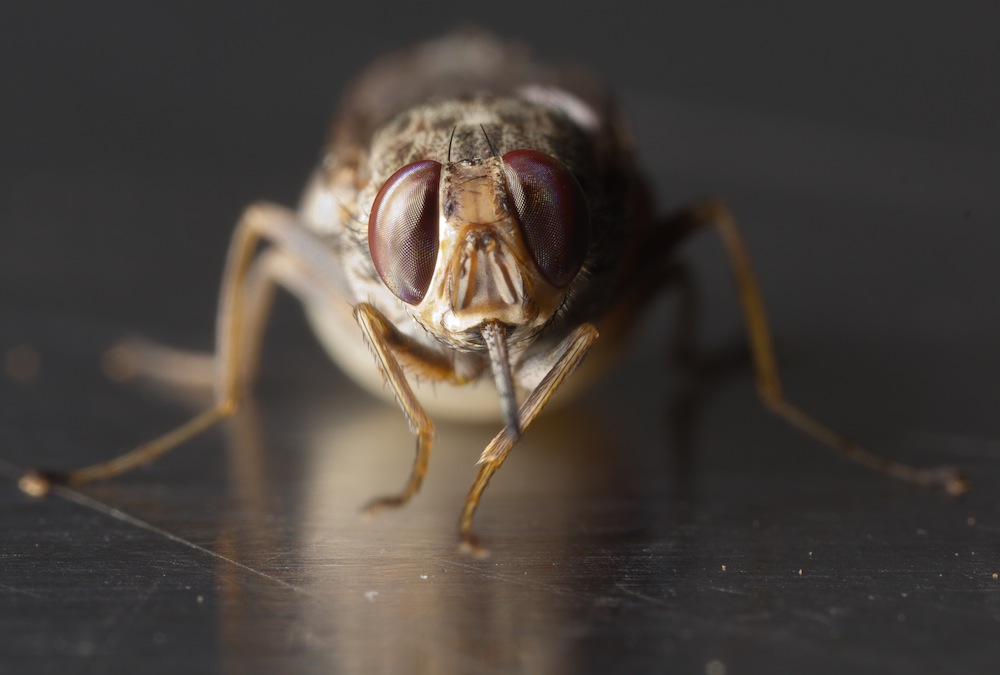
Tsetse flies (Glossina morsitans morsitans) are the sole disease vector for African sleeping sickness, a protozoan infection that is fatal without treatment.
Pregnant Fly
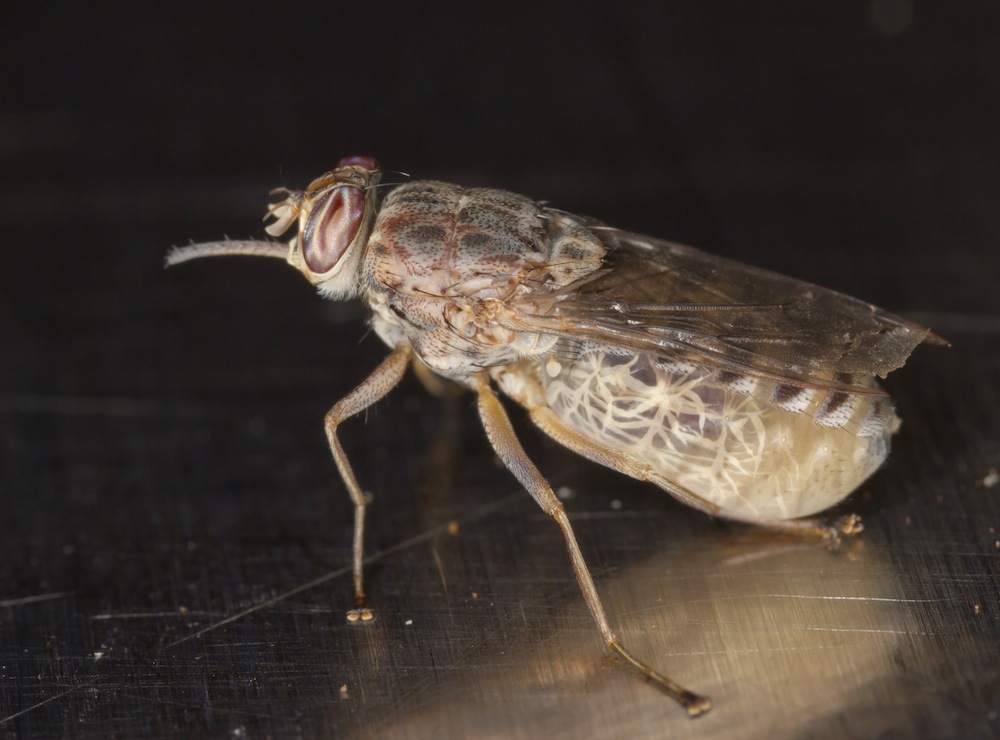
Tsetse fly females give birth to live young, one at a time. Before birth, the young are nourished with milk-like secretions from lactation glands.
Tsetse Biology
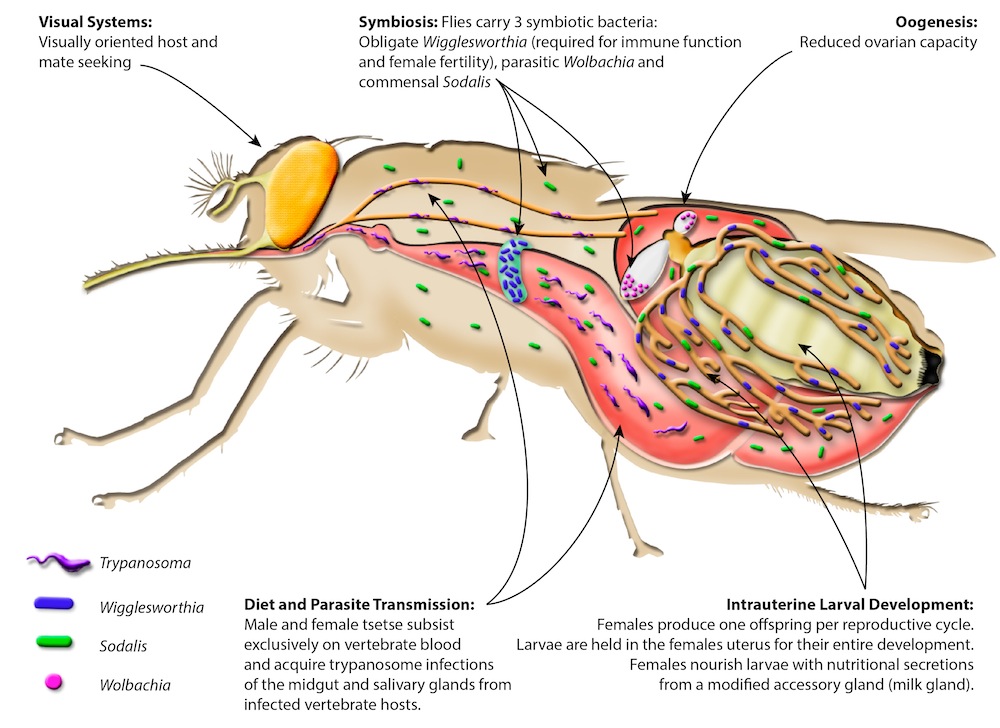
A diagram showing the biology of the tsetse fly, including the trypanosome parasites it spreads and the beneficial bacteria that keep it alive.
Tsetse Profile
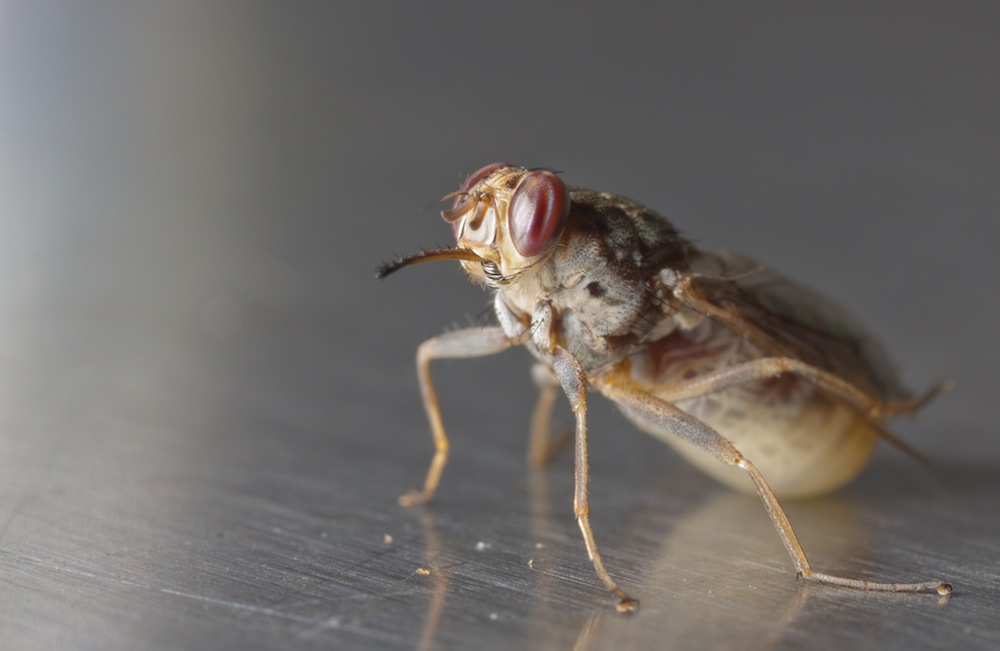
Tsetse flies feed soley on blood. Their bites transmit infectious protozoa, which can cross the blood-brain barrier in mammals and cause neurological disease and death.
Tsetse Fly Hands
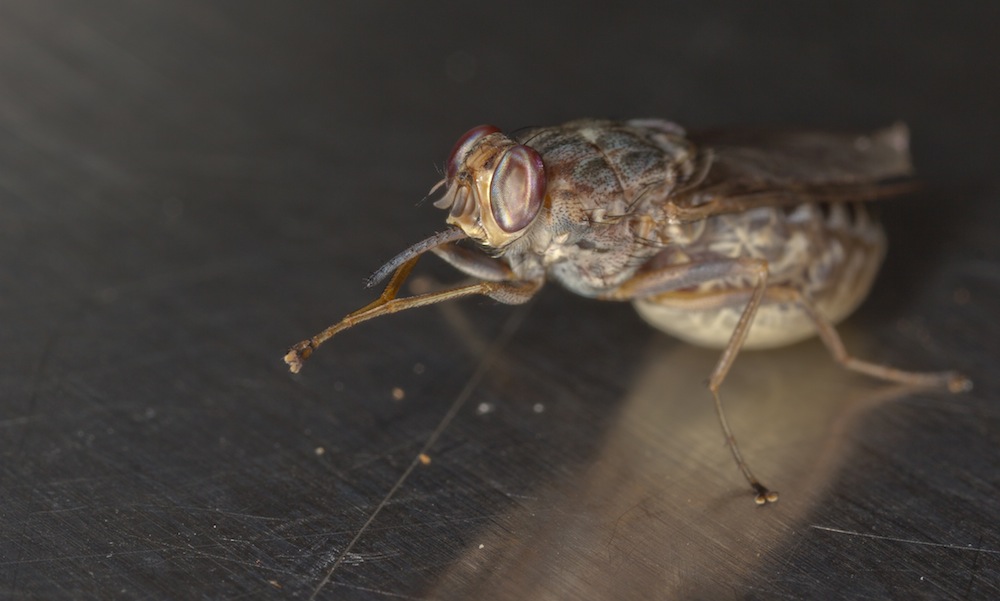
The newly sequenced tsetse genome reveals possible weaknesses that researchers could use to control the insects.
Sign up for the Live Science daily newsletter now
Get the world’s most fascinating discoveries delivered straight to your inbox.

Stephanie Pappas is a contributing writer for Live Science, covering topics ranging from geoscience to archaeology to the human brain and behavior. She was previously a senior writer for Live Science but is now a freelancer based in Denver, Colorado, and regularly contributes to Scientific American and The Monitor, the monthly magazine of the American Psychological Association. Stephanie received a bachelor's degree in psychology from the University of South Carolina and a graduate certificate in science communication from the University of California, Santa Cruz.









